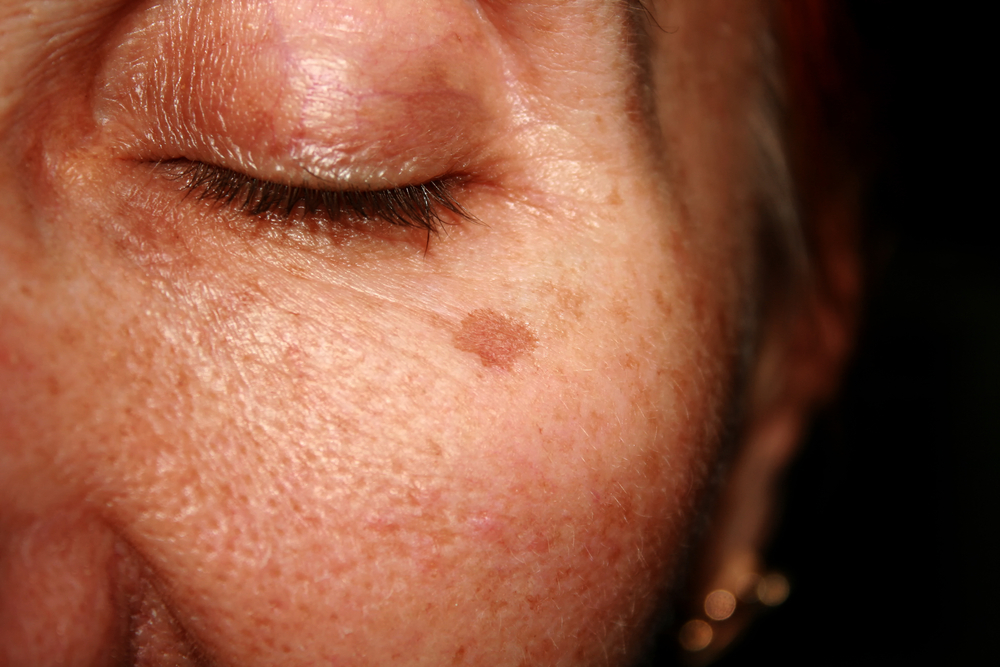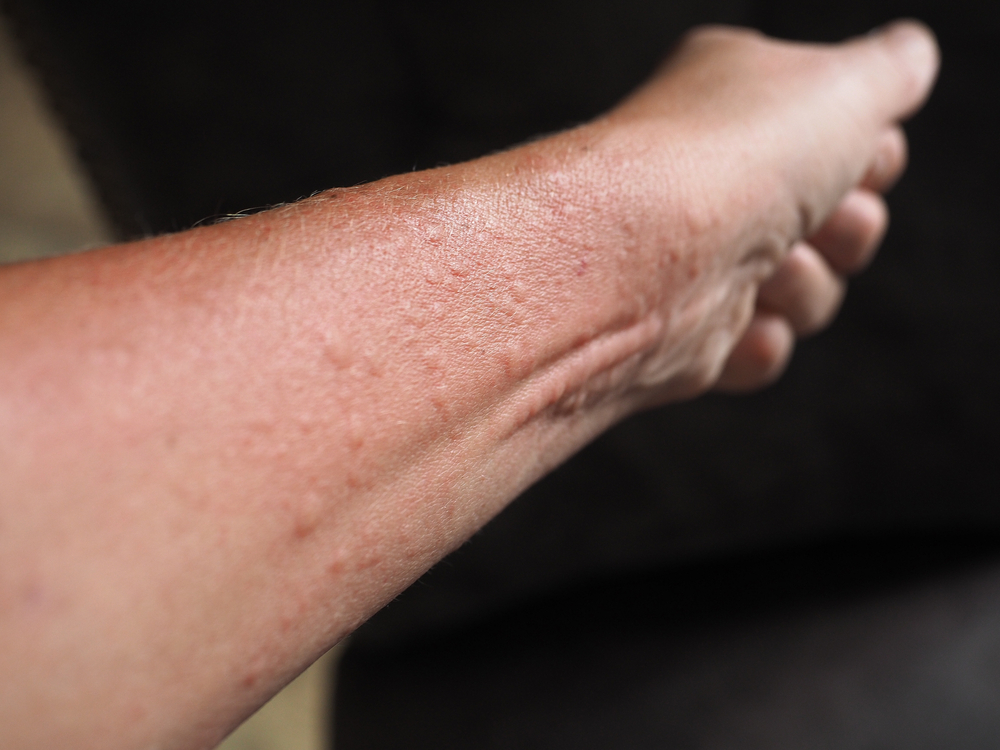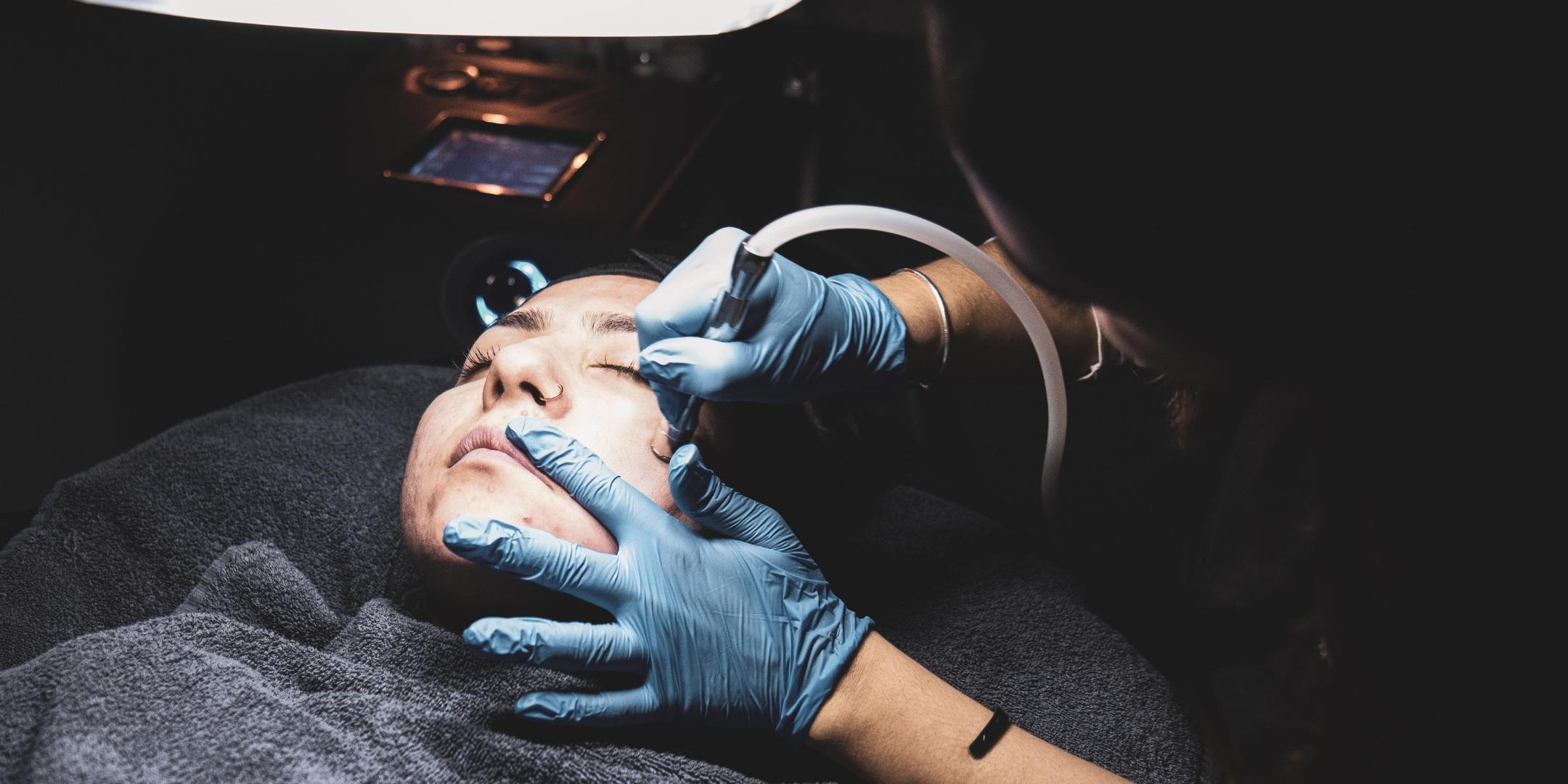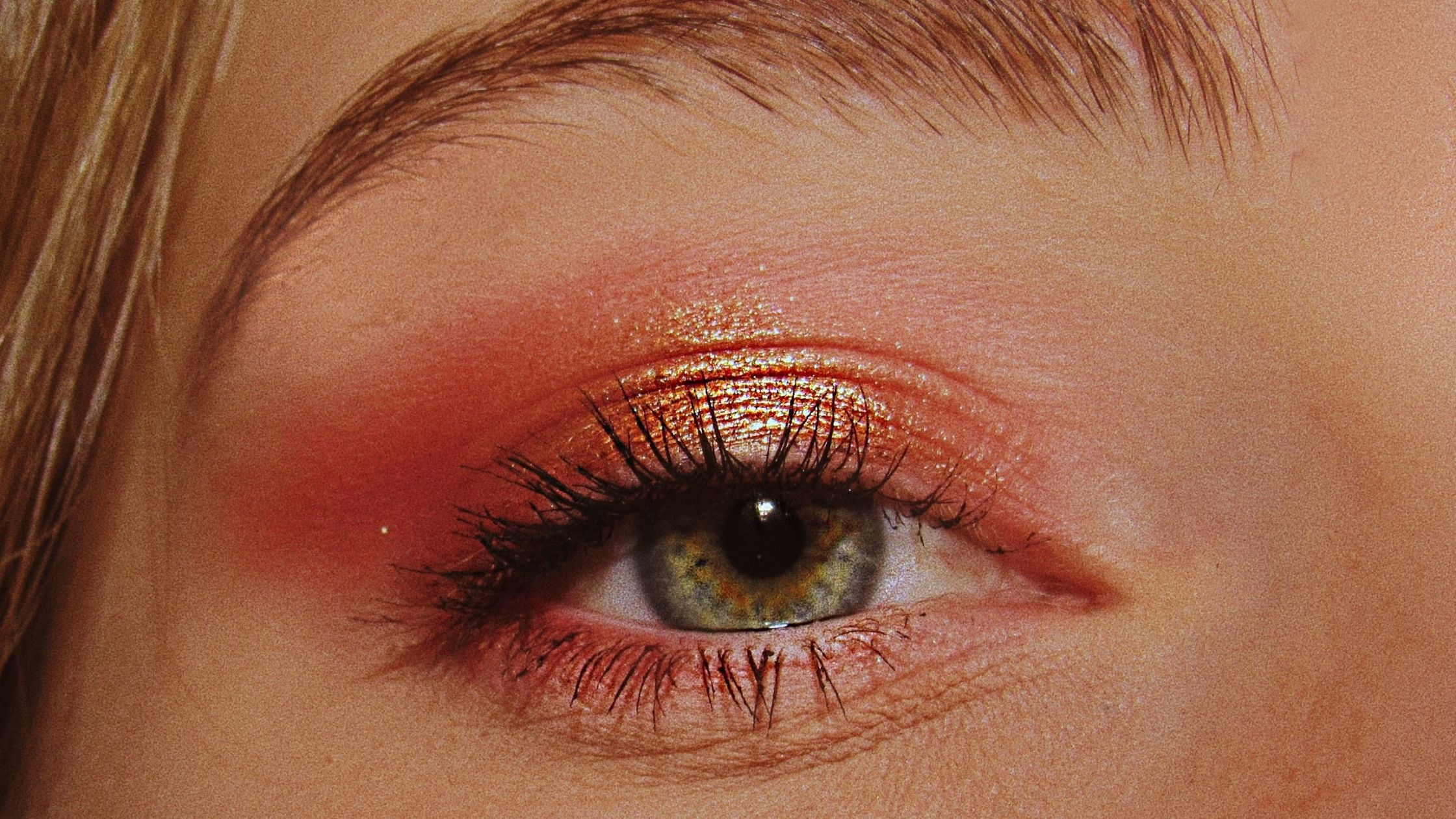Uneven, dark spots on the skin can be caused by aging and various external factors. Find out more about the various treatment options for skin pigmentation issues.
Discolored patches of pigmented skin are surprisingly common, and can occur on any part of your body. The result can be simple issues like freckles and blemishes, through to more bothersome problems such as age spots, brown patches, and uneven skin color.
Sun damage from ultraviolet light is the most prevalent cause of these pigmentation issues, but other factors such as hormones or trauma can also cause pigmented areas.
Here we explore the causes and effects of this common skin condition, as well as effective treatment options.
A Short Lesson in Human Skin Anatomy
Your skin is approximately 2 mm thick, and comprises two major layers — the epidermis and dermis — which cover a third fatty layer — the subcutis, or hypodermis.
When skin pigmentation occurs, it takes place in the outermost layer of skin — the epidermis. This is the protective layer that hosts specialized cells known as ‘melanocytes.’
The epidermis has five layers. The melanocytes are located in the innermost layer, known as the basal layer. It’s these cells that are responsible for melanin production, or in simpler terms, ‘pigment’ production. Once melanin is produced, it is carried by keratinocytes to the skin surface, where the ‘pigment’ alters the color of your skin.
While melanocytes determine your skin color, they can also result in skin discolorations that alter the pigment in certain areas. These melanocytes are also the cells in which melanomas (skin cancers) develop.
Types of Skin Pigmentation Disorders
According to Newport Beach, CA dermatologist Dr. Stephani Kappel, the most common skin pigmentation disorders are photodamage (brown spots, age spots, and freckles), melasma (dark skin patches) and post-inflammatory hyperpigmentation.
Photodamage
“Photodamage, caused by ultraviolet (UV) radiation from the sun, can result in dark spots and freckles as the melanocytes (the pigment-producing cells) release too much pigment in response to the harmful effects of UV light,” says Dr. Kappel. “This disordered distribution of pigment can age a person dramatically.”
Melasma
“Melasma is a skin condition that results from hormones (pregnancy, birth control pills, estrogens), genetics, medications and environmental factors,” Dr. Kappel explains. “The effects of melasma are darker patches of skin, most often on the cheeks, forehead and above the lips. Melasma is most common in women of childbearing age using oral contraceptives or after pregnancy, but can also occur in men, and at any age. In this condition, the melanocytes are hypersensitive to UV light and overproduce melanin (pigment) in the affected areas.”
Post-Inflammatory Hyperpigmentation
“Post-inflammatory hyperpigmentation, also called post-inflammatory pigment alteration or ‘PIPA’ for short, can occur any time there is inflammation in the skin,” says Dr. Kappel. “For instance, any type of trauma that causes inflammation and increased blood flow to the surface of the skin — sunlight, a laser, a pimple, a scratch, a skin rash, a burn, and so on — can result in darkening. The increased blood flow stimulates the melanocytes, causing them to secrete more melanin, which results in a darker area. This is why if you burn your skin on a curling iron or have a pimple that you squeeze, it can result in a darker area that may take years to fade.”
Hypopigmentation
On the opposite spectrum is hypopigmentation, which is a loss of skin color. This results in lighter skin patches or spots due to a loss of melanin. This is not to be confused with albinism, which is a rare genetic condition where people produce little melanin, if any.
In general, hypopigmentation occurs due to eczema/dermatitis (more common in children), yeast infection of the skin, thermal burns, genetics, and a number of other factors. When hypopigmentation results from inflammatory skin disorders or infections, it usually resolves itself within weeks, or at most several months. However, some types of hypopigmentation can’t be treated.
If you’re concerned, it’s best to consult a dermatologist who can advise you on your individual situation.
Skin Pigmentation Treatment Options
These are the main skincare and treatment options recommended by dermatologists to prevent and diminish the appearance of dark spots.
Proper Skin Care
“In addition to uneven pigment distribution that may occur with photodamage, without proper skincare and exfoliation, an uneven skin tone can result from the dead layer of cells that are holding onto that pigment,” says Dr. Kappel. “In other words, by exfoliating the skin, either mechanically with a scrub or chemically with a cleanser, the overall skin tone and pigmentation can be improved.”
Aside from exfoliation, a gentle daily skincare regimen is also recommended. Use a good cleanser, followed with a toner and moisturizer, and don’t forget your sunscreen!
Being Sun Smart
We’re all well aware of the importance of protecting our skin from sun exposure to avoid getting skin cancer from the harmful UV rays. In terms of all types of skin pigmentation concerns, this sun-shielding message rings equally true — applying daily sunscreen protects your skin from photodamage, aging and pigmentation.
Interestingly, when it comes to skin pigmentation, being sun smart goes beyond wearing sunscreen, particularly with melasma. “It is important to wear both sunscreen and sunglasses when exposed to UV light,” explains Dr. Kappel. “Sunrays hitting the retina can produce a melanin-stimulating hormone, making any skin lesions worse. So, it’s not only important to cover the skin, but to cover your eyes as well. Try to make a habit of wearing sunglasses daily, just as you do with wearing sunscreen.”
Skin Pigmentation Creams
“For melasma and postinflammatory hyperpigmentation, skin lighteners such as hydroquinone, vitamin C, kojic acid, bearberry glycolic acid, lactobionic acid, ferric acid and several more can be used to lighten the skin and stabilize the melanocytes to achieve a more even skin tone,” says Dr. Kappel.
Some of these skin lighteners can be used as home remedies, as they can be purchased over the counter. Others will require a prescription from a dermatologist.
Photorejuvenation
According to the American Society for Aesthetic Plastic Surgery (ASAPS), photorejuvenation, otherwise known as ‘intense pulse light’ (IPL) therapy, is the fourth most popular non-invasive cosmetic procedure in the US, with 657,172 procedures performed in 2016.
As its name suggests, the device pulses intense bright light onto the skin’s surface, which encourages collagen production and healthier skin cells. IPL treatment is really only suited for treating mild skin pigmentation, lighter spots and freckles.
Laser resurfacing
Laser skin resurfacing (full field ablative) and fractional resurfacing (micro-ablative) can be used to treat skin pigmentation. Ablative lasers cause a uniform injury to your skin that removes layers of skin, whereas fractional lasers create tiny holes in the skin layers, resulting in the skin ‘connecting the dots’ to heal itself anew.
“One must be careful with the use of lasers in darker-skinned types and in patients who are at risk of hyperpigmentation after trauma,” warns Dr. Kappel. “That said, several devices are now available that target the pigment more superficially, with less risk of hyperpigmentation. For instance, Fraxel lasers such as Clear and Brilliant and Permea (all fractional laser treatments) can gently help fade pigmentation safely in darker skin types.”
“It is important to know that multiple treatments are often necessary, and that once the pigmentation is improved, one must continue to wear protective sunscreen to keep the skin clear,” continues Dr. Kappel. “The best results occur when patients ‘prime’ their skin by using hydroquinone and retinoic acid for several weeks prior to their procedure, as it helps stabilize the melanocytes. Laser resurfacing is usually a last resort for melasma treatment, after steroid creams and chemical peels have been tried. ”
Chemical Peels
ASAPS stats show that chemical peels are another popular cosmetic technique, ranking fifth among all non-invasive procedures in 2016, with 616,225 procedures performed in the US.
There are various light, medium and deep chemical peels available, all of which apply a chemical solution to your skin that will act at different depths to peel away the top layers of dead skin cells.
“Peels can be helpful with evening out skin tone and fading dark areas, but it must be done correctly and without risk of making the dark areas worse,” says Dr. Kappel.
This is particularly true for deep peels, which present increased risks and require longer recovery time. That’s why it’s important to seek care from a board-certified dermatologist or experienced practitioner. “The preparation, depth of the peel, and aftercare are very important and should only be determined by an experienced provider, as they know how to avoid any complications,” adds Dr. Kappel.
Treating Skin Pigmentation on the Face
If you’re wondering if you should treat your facial skin pigmentation any differently from other areas of your body, the answer is no.
“The treatments for hyperpigmentation of the face, neck and body are the same,” says Dr. Kappel. “However, the skin on the neck and face is often more sensitive than other parts of the body. Therefore, creams like hydroquinone should not be used for longer than a three to four month period.”
Because there are a variety of treatment options available, it is best to consult with a professional so you can pursue the best course of action suited to your individual needs.









